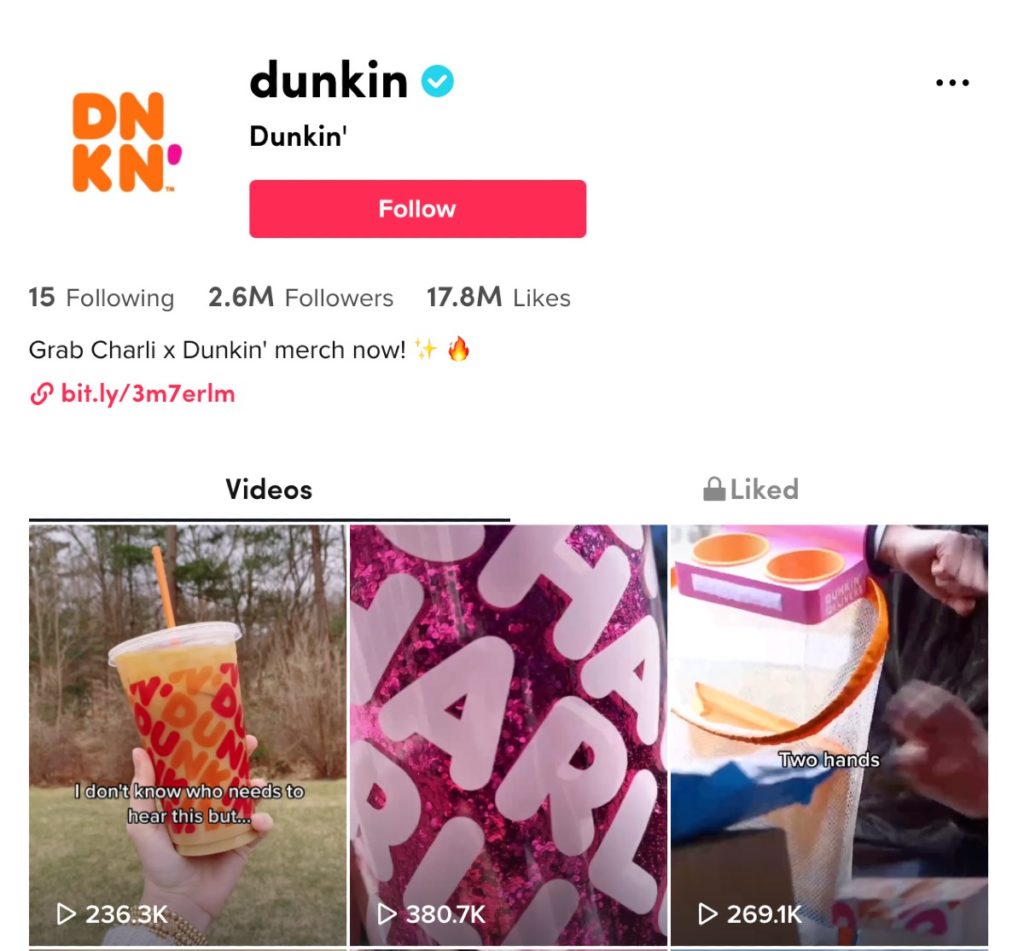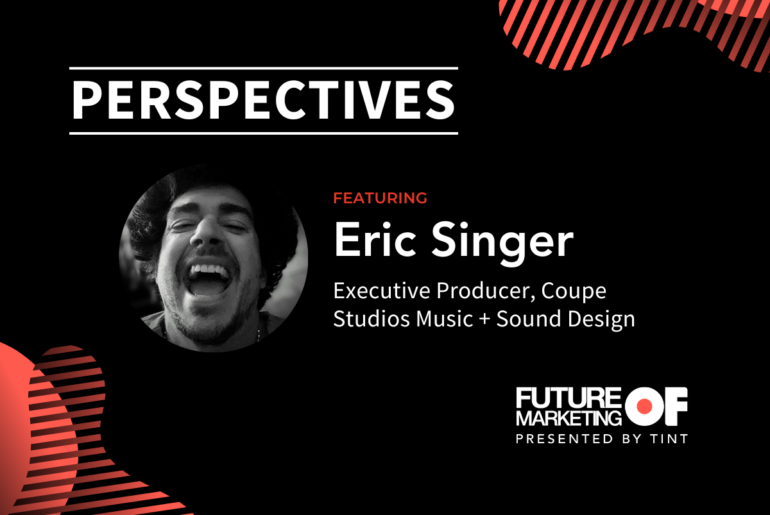Customer sentiment makes or breaks brands.
We’re seeing a huge wave in negative customer sentiment as more fans, followers, and customers take to social media to share their opinion on brand products, messaging, and lack of diversity. Cancel culture is in full swing, as more consumers voice their opinions on the behind-the-scenes of their favorite brands. They’re holding brands to a higher expectation.
But, even brands who get “canceled” can come back by using customer sentiment. Just like brands who have positive sentiment use user-generated content and social listening to be part of the conversations their target audience and customers are having—these brands can use the same strategy to bounce back.
User sentiment is one of the most important parts of the future of marketing. With higher standards for brands, sentiment is going to be a huge driver for engagement and conversions, the two most important factors in leading brands’ marketing strategies in 2021.
Why is Customer Sentiment Important for Brands?
Customer sentiment is real-time feedback from your audience, fans, and customers. With this feedback, customers are able to take part in brand and content development fostering community around a brand.
Brands like Dunkin’ realized that employee-generated content on TikTok was creating high engagement. They quickly launched an employee influencer program that incentivizes their employees to continue making content for the brand. Using customer sentiment, Dunkin’ is able to capitalize on what their younger customers want to see on TikTok and build brand loyalty and trust on their marketing channels.
Other brands like Burger King and Tropicana were able to make public apologies about failed marketing campaigns (like Burger King’s “Women Belong in the Kitchen” campaign and Tropicana’s “#TakeaMimoment” campaign). With customer sentiment, these brands were able to recognize their campaigns weren’t taken the way they’d hoped and show their unhappy followers and customers that they were sorry to have missed the mark.
User sentiment has two uses, to build a positive experience and right a negative one.
With customer sentiment, brands can figure out which content performs best. For example, the Business of Apps found the “emotion of surprise boosted the performance of video ads by 360%,” and “calmer video ads increased purchase rates by 156% during the same time.”
Brands play into user sentiment by incorporating user-generated content with their brand-created content. The key to sentiment analysis is to identify the right mix of content to engage fans and build trust from customers to prospects and employees.
Examples of Customer Sentiment Content
What is the right mix of content?
It depends on the data and results you generate. The best way to start is to work with a 50/50 community voice and brand voice split. This will give you an idea of what content your audience is most receptive to. Keep track of how your audience and customers react to each type of content to figure out which is performing best. Chances are that a few types of content are going to overperform (not just one).
Once validated, that content can be repurposed to other marketing channels, both digital and offline. Here are some inspirational ideas for different types of content to create for community and brand content:
Examples of community content to test for user sentiment are:
- Unboxing videos of an eCommerce product
- Q&As
- Polls
- Giveaways
- Contests
- Etc.
Examples of brand content that can improve customer sentiment are:
- Product tutorials
- Behind-the-scenes content
- Employee-generated content (EGC)
Once you know what’s working best, double down on creating more of it in your content strategy. If it worked well on one platform, figure out how you can adapt to your other marketing channels to increase your impressions, engagement, and conversions.
If you need to find more UGC so you can repurpose it on your marketing channels, use TINT’s UGC Studio platform. We’ve built machine learning algorithms that can search the web for branded content and identity if it’s happy, sad, or angry content.
“Effective marketing leaders are focused on data, so they understand which part of the lead-generation management process needs to be improved.” (source)
With user-generated content, marketers can go beyond increasing conversions and saving costs. They’re getting real-time feedback. Are customers happy with them? Are they in hot water? Is there a conversation they can partake in?
UGC for social listening is a powerful tool to make sure fans, followers, and customers are having a positive customer journey. But, we understand that UGC isn’t the only type of content your brand needs to create. Sometimes brands need to bring in company-created content their customer wouldn’t be able to create.
That’s where a UGC content mix comes in. By testing out different types of UGC and branded content, you’ll be able to narrow down customer sentiment by figuring out which content is performing best (impressions, engagement, click-through rates, and conversions).
Customer sentiment is crucial in a digital-first world. People are sharing their opinions online which means your brand can either be sitting on an incredible opportunity (like Dunkin’ found with Charli D’Amelio) or in need of righting a major wrong (like Burger King and Tropicana experienced).
Social listening is key to understanding user sentiment. We’ve built TINT to give you insight into what your customers are saying about your brand, without your team having to scour the web for it. With TINT, you can automate finding, organizing, and repurposing appropriate UGC content across your other platforms. You can also use our Sentiment Analysis to look for patterns in happy, sad, or angry customers.
To learn how to use customer sentiment analysis in your content strategy, subscribe to Future of Marketing.






